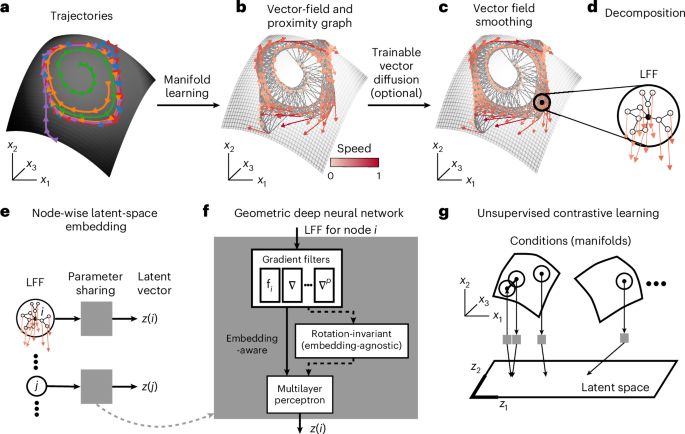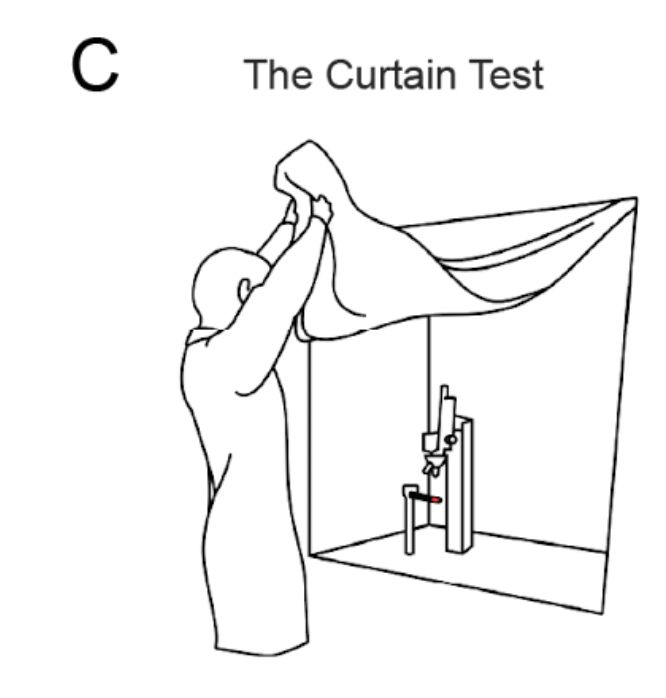Horst Obenhaus
@octoscience.bsky.social
890 followers
1.1K following
130 posts
PostDoc at the Kavli Institute for Systems Neuroscience at NTNU Trondheim. Whitman Scientist at the Marine Biological Laboratory (MBL) in Woods Hole, MA. I am studying sleep in octopuses and cuttlefish. 🐙
Posts
Media
Videos
Starter Packs
Reposted by Horst Obenhaus
Reposted by Horst Obenhaus
Reposted by Horst Obenhaus
Reposted by Horst Obenhaus
Reposted by Horst Obenhaus
Rajat Saxena
@rajatsxn.bsky.social
· Sep 3
Reposted by Horst Obenhaus
Reposted by Horst Obenhaus
Ching-Lung Hsu
@hiallen72.bsky.social
· Aug 4

MARBLE: interpretable representations of neural population dynamics using geometric deep learning - Nature Methods
MARBLE uses geometric deep learning to map dynamics such as neural activity into a latent representation, which can then be used to decode the neural activity or compare it across systems.
www.nature.com
Horst Obenhaus
@octoscience.bsky.social
· Jul 22
Horst Obenhaus
@octoscience.bsky.social
· Jul 22
Horst Obenhaus
@octoscience.bsky.social
· Jul 22
Horst Obenhaus
@octoscience.bsky.social
· Jul 21
Horst Obenhaus
@octoscience.bsky.social
· Jul 21
Horst Obenhaus
@octoscience.bsky.social
· Jul 21
Horst Obenhaus
@octoscience.bsky.social
· Jul 12
Horst Obenhaus
@octoscience.bsky.social
· Jul 11
Horst Obenhaus
@octoscience.bsky.social
· Jul 10
Horst Obenhaus
@octoscience.bsky.social
· Jun 27






